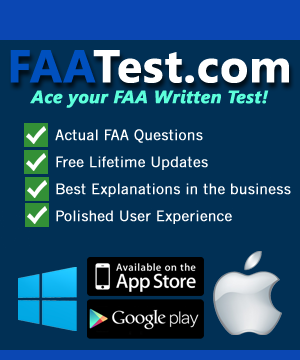Hi all
Regarding discussions here my questions came.I am during my ME rating,I did around 11 hrs on it.All flights within 3 weeks with winds around 10 kts and more,guesting 15 kts time to time.All my landings were fine,not amazing but in tolerance frame.Just ok.Than because weather I had 2 weeks break,one short flight and check ride day.I did screwed last landing after I passed all exercises ok.Winds were calm,0 kts.Well.My foult anyway.I didn't know how far I should pull yoke,I was flying in windy conditions and never had to.In Seneca I it's a little tricky,you have to pull it back AND a little up so it goes easy,otherwise if you just pull straight towards you it wont go or its veeeery hard.Nobody mention this to me,I found it sitting in plane by hour or so and thinking.My flight file will be screwed now anyway and in a future it might affect me.I did one hour and than 2 hrs additional landings,just landings.Winds were 0 kts of course.My landings were fine,soft but my instructor,after 6 or 7 of them forced me to use PAPI.Now there is story.If I use 2W/2R,proper engine seting,proper speed 90 I will pass treshold around 30' over,regarding no wind I will have long flare and calculated 630' roll witch brings me to stop in a middle of 4000 rwy.Acording to my instructor this is not acetable.If I go lower,is also wrong couse he wants steep approaches,even if wind is damn 0 kts.Ok.In my opinnion,mayeby wrong,I should be below Papi GS,with proper speed or just bit below,have lower trashold pass,shorter flare distance and roll.Other way,if on GS with no wind I should reduce speed below 90 but to keep safe from stal at 76,say around 80+.If both ways wrong I am tottaly confused.It looks for me something is not quite right here.After 15 hrs on ME I can say I am devastated and don't know what to expect.Partial pass because landing,easiest rating and huge schame.But a way,wasn't time to talk about this and fix when I had 4 or 5 hrs?I was thinking I have instructor ,not a safety pilot.




The following terms have been auto-detected the question above and any answers or discussion provided. Click on a term to see its definition from the Dauntless Aviation JargonBuster Glossary.